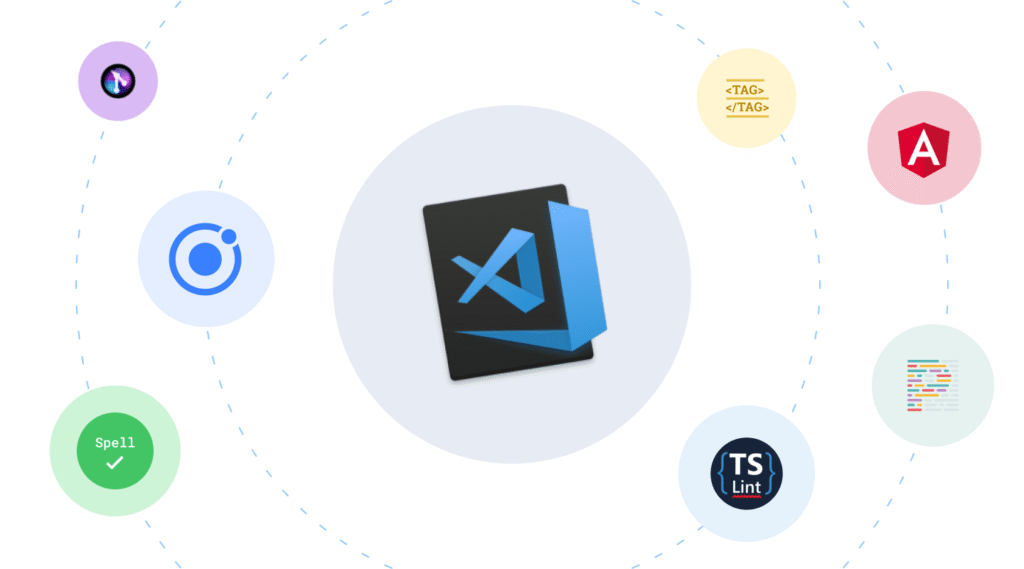eCommerce, or electronic commerce, is the process of buying and selling goods and services over the internet. It has grown into a massive part of today’s economy, with businesses of all sizes and millions of customers taking part in online transactions every day. For any business looking to succeed in this fast-paced market, a well-built eCommerce website is a must. Think of it as your digital storefront—a place where customers can browse, shop, and connect with your brand. A good website can help you reach more people, boost sales, and keep customers coming back.
In this guide, we’ll walk you through the key steps of web development for eCommerce, giving you practical tips and insights to create an online store that works.
Choosing the Right Platform
The first step in building an eCommerce website is picking the right platform. This decision sets the foundation for your entire online store, so it’s worth taking the time to weigh your options. There are plenty of platforms out there, each with its own pros and cons. Let’s look at three popular ones: Shopify, WooCommerce, and Magento.
Popular eCommerce Platforms
-
Shopify: This is a hosted platform, meaning they handle the technical stuff like hosting and updates for you. It’s simple to use, even if you don’t have much tech experience, and you can have a store up and running in no time. It’s perfect for small to medium-sized businesses that want an easy start.
-
WooCommerce: This is a plugin that works with WordPress. It gives you more control and flexibility than Shopify, letting you customize your site however you like. It’s a great pick if you already use WordPress or want a platform you can tweak to fit your needs.
-
Magento: This is a heavy-duty option built for bigger businesses with complex requirements. It’s packed with features and customization options, but it’s not as beginner-friendly. You’ll need some technical know-how—or a developer—to get the most out of it.
Factors to Consider
When deciding on a platform, think about these points:
-
Budget: How much can you spend upfront and over time? Shopify has monthly fees, WooCommerce is free but needs hosting, and Magento can get pricey with its advanced features.
-
Skills: Are you comfortable with tech, or do you need something simple? Shopify is the easiest, while Magento demands more expertise.
-
Business Needs: Do you have a small catalog or thousands of products? Are you planning to grow fast? Pick a platform that matches your current size and future goals.
For example, a small startup with a tight budget might go with Shopify for its simplicity. A growing business with a WordPress site might choose WooCommerce for its flexibility. A large retailer with a big inventory might pick Magento for its power.
Designing the User Interface
Once you’ve got your platform, it’s time to focus on the user interface (UI)—how your website looks and feels to customers. A good UI makes shopping easy and enjoyable, which can lead to more sales and happier customers.
Why User Experience Matters
In eCommerce, user experience (UX) is everything. If your site is hard to use or looks messy, people will leave and shop somewhere else. A clean, straightforward design keeps them engaged and builds trust in your brand.
Tips for a Great UI
Here’s how to design a user interface that works:
-
Navigation: Keep it simple. Use a clear menu with categories like “Clothing,” “Electronics,” or “Home Goods.” Add a search bar so customers can find products fast.
-
Product Pages: Make these pages shine with high-quality photos, clear descriptions, and customer reviews. Put the “Add to Cart” button where it’s easy to spot.
-
Checkout Process: Don’t make buying a hassle. Offer a guest checkout option and cut down on steps—fewer clicks mean fewer abandoned carts.
For instance, a clothing store might use big, colorful images on product pages and a dropdown menu for sizes. A tech shop might add a filter for brands or features. Keep your customers in mind and design for their needs.
Ensuring Security
Security isn’t optional for an eCommerce website—it’s a necessity. Customers trust you with their personal and payment info, so keeping it safe is your responsibility. A breach can hurt your reputation and cost you business.
Why Security Is Crucial
Online shoppers want to feel confident their data won’t end up in the wrong hands. A secure site shows them you care about their privacy. Plus, it protects you from legal trouble and financial losses.
How to Keep Your Site Safe
Try these security steps:
-
SSL Certificates: These encrypt data between your site and your customers. Look for “https://” in your URL—that’s a sign it’s working.
-
Regular Updates: Keep your platform, plugins, and software current. Updates fix weak spots hackers might target.
-
Strong Passwords: Push customers to use tough passwords. Add two-factor authentication (like a code sent to their phone) for extra safety.
-
PCI Compliance: If you take card payments, follow the Payment Card Industry Data Security Standard (PCI DSS). It’s a set of rules to keep payment info secure.
For example, a small business might start with an SSL certificate and basic updates. A larger store might hire a security expert to lock things down tight.
Optimizing for Mobile Devices
More people shop on their phones than ever before. If your eCommerce site doesn’t work well on mobile, you’re missing out on a huge chunk of customers.
The Rise of Mobile Shopping
Mobile commerce is growing fast. Shoppers use smartphones and tablets to browse and buy on the go. Google even ranks mobile-friendly sites higher in search results, so it’s a win for both users and SEO.
Making Your Site Mobile-Friendly
Here’s how to optimize for mobile:
-
Responsive Design: This adjusts your site to fit any screen size—phones, tablets, or desktops. Most platforms like Shopify and WooCommerce offer responsive themes.
-
Fast Loading: Speed matters on mobile. Shrink images and clean up code so pages load quickly, even on slow networks.
-
Touch-Friendly: Buttons and links should be big enough to tap easily. Tiny text or cramped menus frustrate users.
Test your site on different devices. If it’s smooth and fast on a phone, you’re on the right track.
Payment Gateways
A payment gateway handles the money side of your eCommerce site. It’s the system that processes card payments or digital wallets so you get paid and customers get their goods.
What Are Payment Gateways?
Think of them as the middleman between your site and the bank. When a customer checks out, the gateway securely sends their payment info to process the transaction.
Picking the Right One
Here are some options and tips:
-
Popular Choices: PayPal, Stripe, and Square are big names. PayPal is widely trusted, Stripe is developer-friendly, and Square works well for small businesses.
-
What to Look For: Check fees (some charge per transaction), how easy it is to set up, and what payment methods it accepts (cards, Apple Pay, etc.).
-
Safety: Make sure it’s PCI-compliant and has fraud protection to catch shady transactions.
For example, a craft store might pick PayPal for its name recognition. A tech-savvy startup might go with Stripe for its customization options.
Inventory Management
Keeping track of your stock is a big part of running an eCommerce business. Good inventory management stops you from selling what’s not there or sitting on too much unsold product.
Why It Matters
If a customer orders something you don’t have, they’ll be disappointed. Overstocking ties up cash you could use elsewhere. Getting it right keeps things running smoothly.
Tools and Tips
Here’s how to manage inventory:
-
Software: Tools like TradeGecko or Zoho Inventory track stock levels for you. Many platforms, like Shopify, have built-in options too.
-
Real-Time Updates: Link your inventory to your site so it updates with every sale or return.
-
Forecasting: Look at past sales to guess what you’ll need next month or next season.
A small shop might use a simple spreadsheet at first. A bigger one might need software to handle hundreds of products.
Customer Support Features
Great customer support can make your eCommerce site stand out. It’s about helping shoppers when they need it and building trust with your brand.
Why It’s Important
People want quick answers to their questions—about shipping, returns, or product details. Good support keeps them happy and coming back.
Features to Add
Try these:
-
Live Chat: Let customers talk to you in real time. It’s fast and personal.
-
FAQs: Answer common questions (like “How long does shipping take?”) on a dedicated page.
-
Contact Forms: Make it easy for people to email you with bigger issues.
-
Order Tracking: Give customers a way to check their order status online.
A jewelry store might add live chat for custom orders. A gadget shop might focus on FAQs for tech questions.
Also, Learn How to Build a Business Website with Garage2Global.
Conclusion
Building an eCommerce website takes work, but it’s worth it. In this guide, we’ve covered the big pieces of web development for eCommerce: picking a platform, designing the interface, securing the site, optimizing for mobile, setting up payments, managing inventory, and supporting customers. Each step matters—get them right, and you’ll have an online store that attracts shoppers and grows your business. Whether you’re new to this or improving what you’ve got, use these tips to make your site the best it can be. Focus on giving customers a smooth, safe, and friendly experience, and you’ll set yourself up for success.


